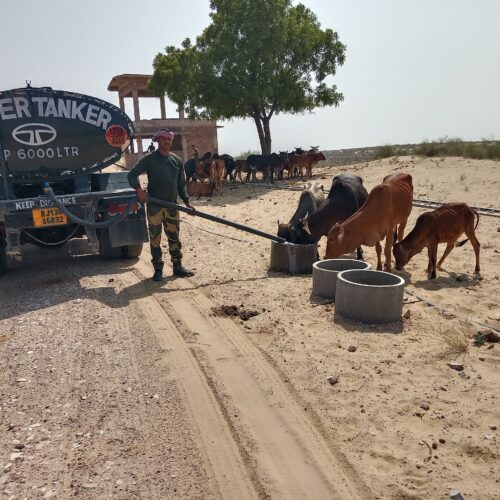President Putin Co-Pilots Russian Supersonic Nuclear Bomber in Display of Strength
In a striking demonstration of Russia’s military capabilities, President Vladimir Putin co-piloted a supersonic nuclear-capable bomber on Monday. This bold move comes amid heightened tensions with Western nations over geopolitical issues and ongoing conflicts, further showcasing Russia’s strategic assets and military prowess.
A Symbolic Flight
The flight took place aboard a Tu-160, also known as the “White Swan,” Russia’s premier strategic bomber capable of carrying nuclear weapons. The Tu-160, the world’s largest supersonic aircraft, is a centerpiece of Russia’s air force, symbolizing its advanced technological and strategic edge.
During the flight, Putin sat alongside an experienced pilot, engaging directly with the aircraft’s controls and systems. The Kremlin released footage of the president in full aviation gear, confidently operating the cockpit’s controls. Officials emphasized that the flight underscored Putin’s deep involvement in Russia’s defense sector.
Message to the World
The timing of this flight is significant, as Russia remains at the center of global controversies, including the ongoing conflict in Ukraine, sanctions from Western nations, and rising tensions with NATO. Analysts view this as a clear message to the world about Russia’s readiness to defend its sovereignty and strategic interests.
“The president’s participation in this flight is not just a demonstration of technical capabilities but also a signal to adversaries that Russia is prepared for any eventuality,” a Kremlin spokesperson stated.
Military Preparedness Highlighted
The flight coincides with a series of military drills conducted by Russia in its Arctic and Eastern regions, which involve testing nuclear delivery systems and other high-tech weaponry. These exercises, coupled with Putin’s hands-on approach, underline the Kremlin’s emphasis on maintaining a strong nuclear deterrence.
Russia’s Tu-160 bombers have a long-range capacity of over 12,000 kilometers and can carry a variety of payloads, including cruise missiles and free-fall bombs. Recently, Moscow has invested in modernizing its fleet, equipping the aircraft with next-generation avionics and stealth technology.
Domestic and International Reactions
Domestically, Putin’s flight was met with approval from his supporters, who praised his active role in showcasing the country’s defense strength. State media highlighted his direct engagement as a testament to his leadership and commitment to national security.
Internationally, however, the move drew criticism from Western leaders. NATO representatives described it as provocative, warning that such displays could escalate tensions further. Some analysts also interpreted the flight as a signal to nations that Russia’s military power remains formidable despite sanctions and external pressures.
A Legacy of Military Displays
This isn’t the first time Putin has demonstrated his interest in Russia’s defense capabilities. In previous years, he has personally overseen military drills, visited war zones, and participated in testing advanced weaponry. Such actions reinforce his image as a leader deeply invested in Russia’s military and geopolitical ambitions.
Strategic Implications
Experts believe Putin’s involvement in military demonstrations is a strategic move aimed at consolidating his domestic base and projecting strength abroad. As Russia continues to face economic challenges and diplomatic isolation, such displays serve as a reminder of the country’s strategic resilience.
With President Putin at the helm of a nuclear-capable bomber, the world is left with a stark reminder of Russia’s enduring military capabilities and its determination to maintain its position as a global superpower.

















Add Comment